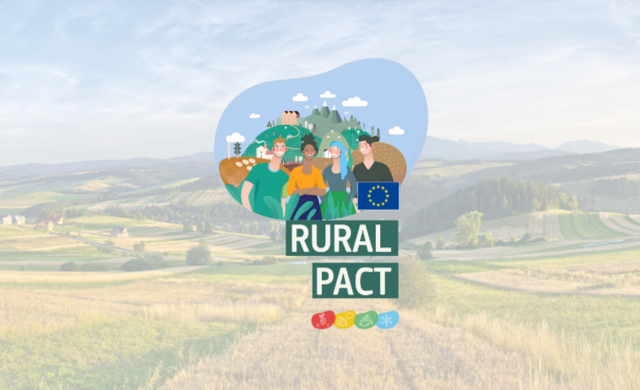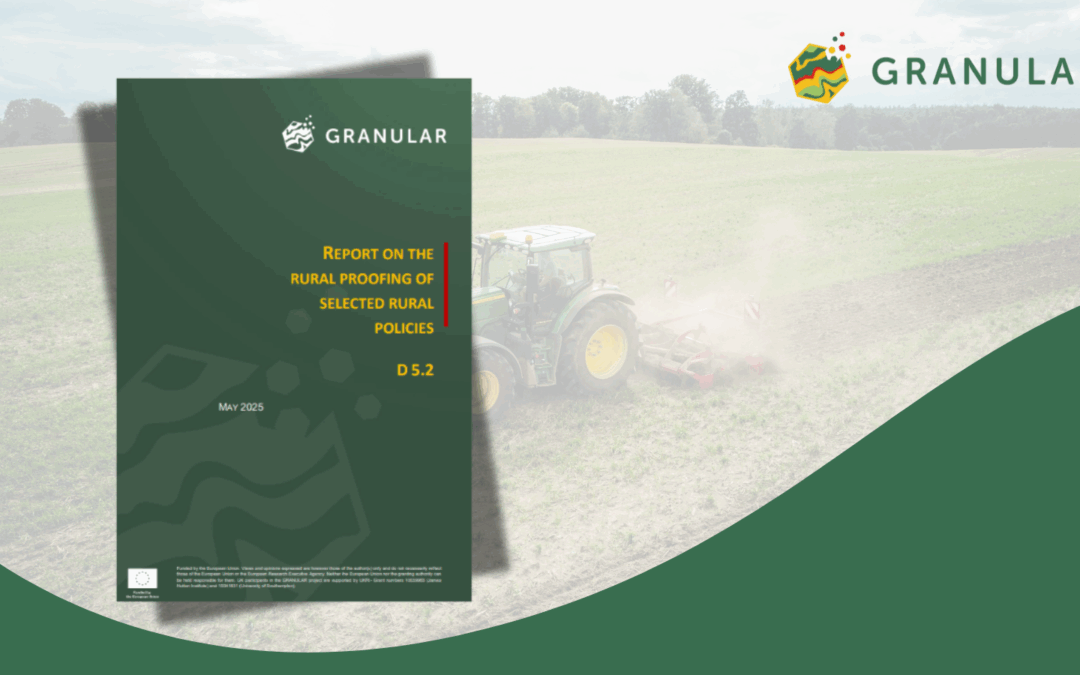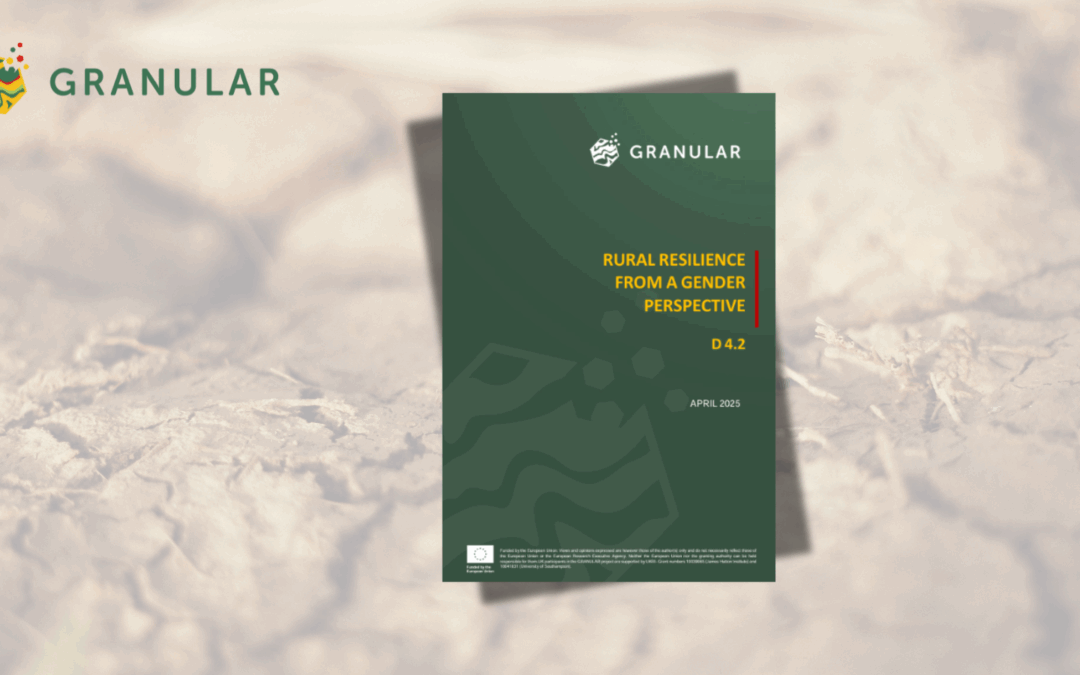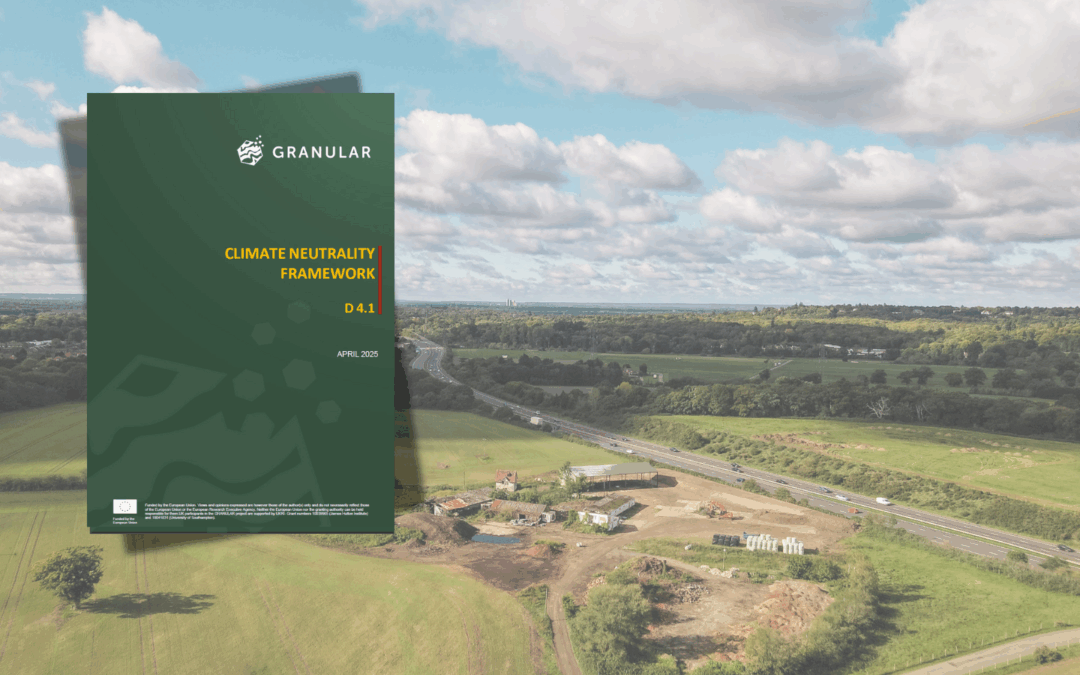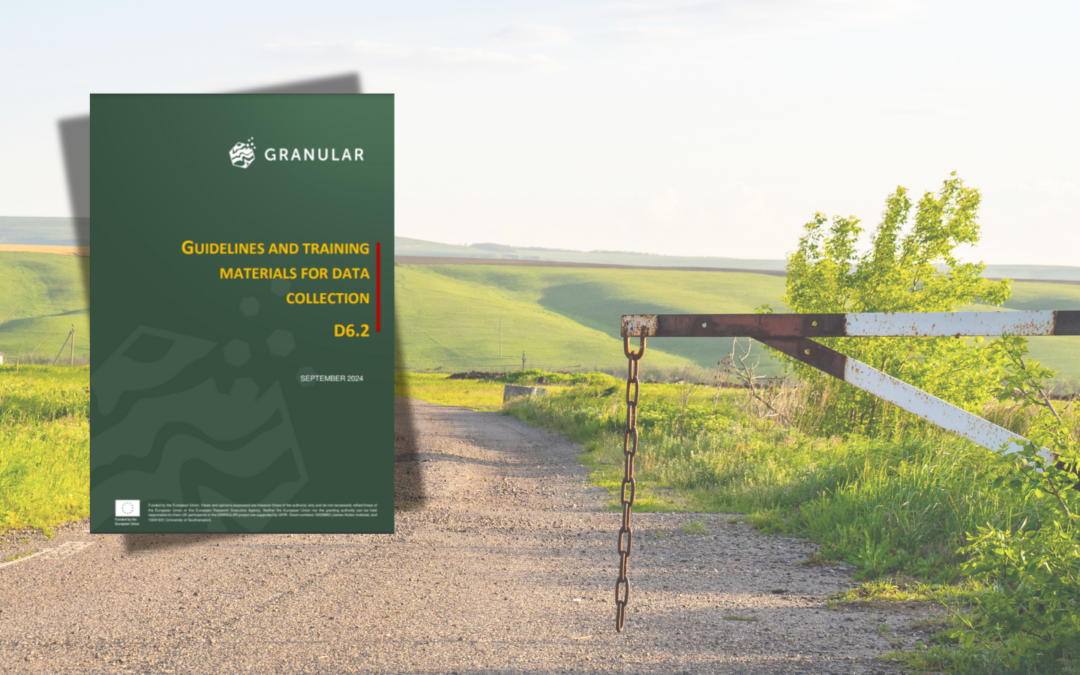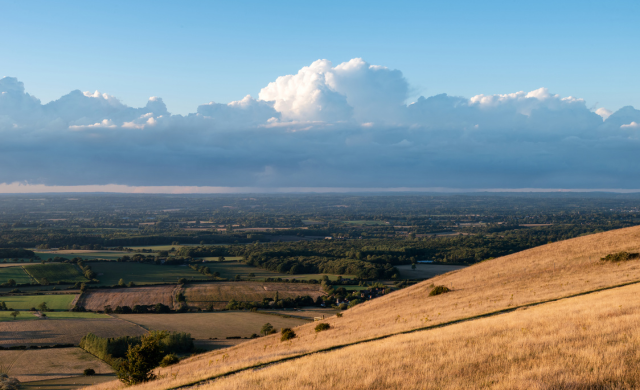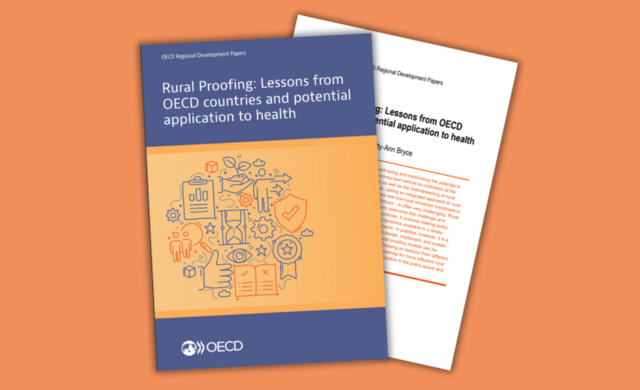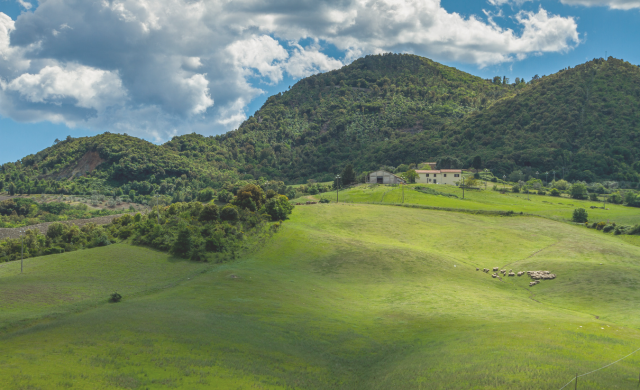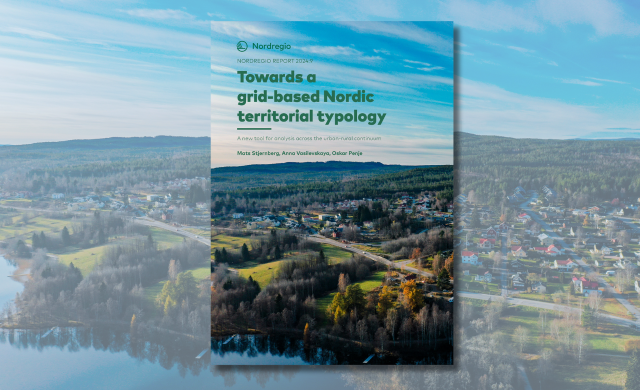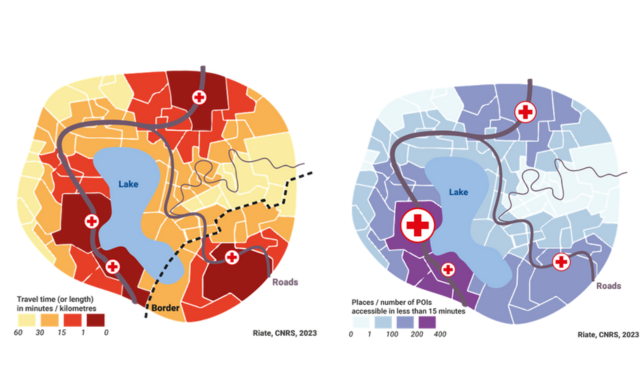Author: Merveille Ntabushashe (AEIDL)
Editor: Maite Iglesias (AEIDL)
In a move to address the diverse needs of rural communities, the European Commission launched the Rural Pact in 2021, as part of its Long-Term Vision for EU’s rural areas. This initiative serves as a cooperative framework, uniting public authorities, civil society, businesses, academia, and citizens across various governance levels.
The most important goals
The Rural Pact centers around three core objectives, aiming to amplify rural voices in political discussions, structure networking and collaboration, and encourage and monitor voluntary commitments aligned with the vision. This strategic approach seeks to bring about tangible improvements by addressing the unique challenges faced by rural communities.
Rural Pact Support Office
The Rural Pact Support Office (RPSO) aims to achieve the Rural Pact’s objectives and contribute to the broader Long-Term Vision for EU’s rural areas. Overseen by AEIDL – the European Association for Innovation in Local Development, the RPSO plays a vital role in coordinating and implementing networking activities.
As the Rural Pact gains momentum, it emerges as a promising initiative to strengthen governance in EU rural areas. With a clear focus on collaboration, inclusivity, and tangible outcomes, the Rural Pact stands as a beacon for addressing the unique challenges faced by rural communities, offering a platform for shared solutions and impactful policy shaping.
How does the Rural Pact influence?
Recent developments highlight the Rural Pact’s role as a crucial channel for Horizon projects to optimize their impact on EU policymaking. During the Rural Pact High-Level Policy Forum in Siguenza, Spain, representatives from projects such as GRANULAR, CODECS, MOVING and SHERPA actively contributed to discussions with EU and national decision-makers and experts of rural areas. This dynamic interaction emphasizes the Rural Pact’s effectiveness in shaping the future landscape of EU rural policies.
How to join to the Community Groups?
Participation in the Rural Pact offers a range of benefits, including keeping rural areas in the political spotlight, sharing and learning from initiatives, and gaining priority access to collaborative platforms and events. The Rural Pact Community Groups, housed within the Rural Pact Community Platform, provide dedicated spaces for stakeholders to connect, exchange information, and implement joint actions. With over 2,000 organizations and individuals already on board by October 2023, the initiative demonstrates a growing commitment to collaborative efforts.Interested parties can become part of the Rural Pact by joining one of the Community Groups.
Participating in a Community Group offers significant value, especially for project partners and subscribers whose initiatives are approaching completion. This enables continued collaboration even after the project finishes. Moreover, partners and subscribers currently engaged in projects can join these groups to amplify the reach and dissemination of their project activities.
